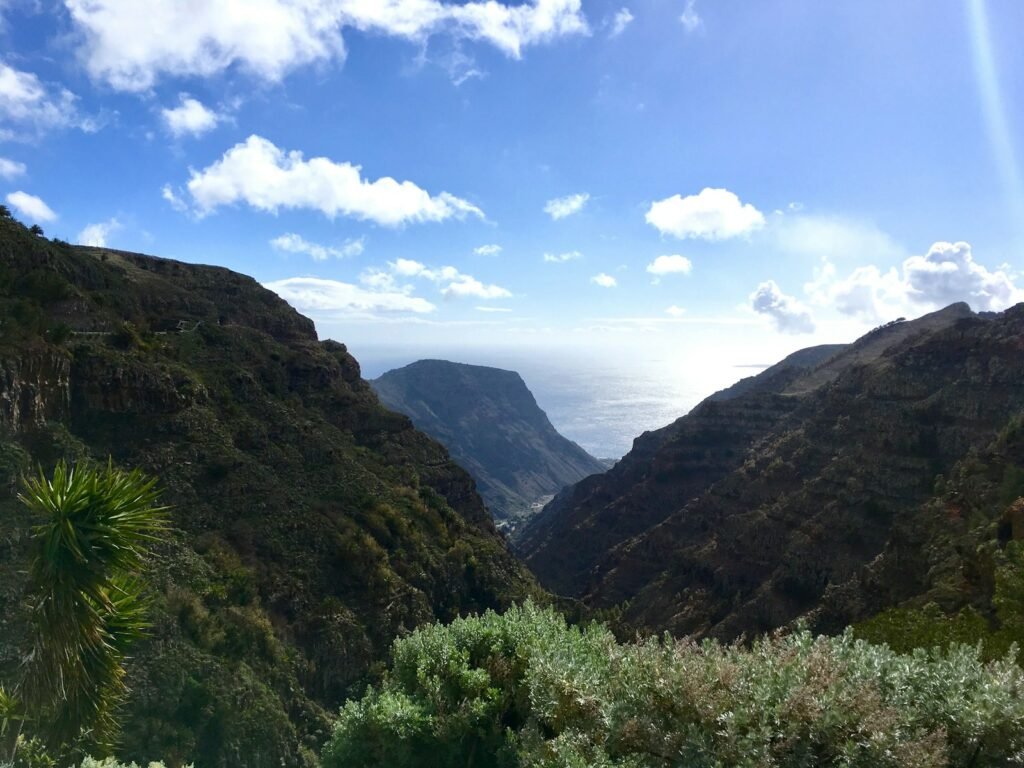Have you ever wondered what lies beneath the lush green landscapes of Ireland? Beneath its rolling hills and serene vistas, Ireland conceals a fascinating secret: hidden fossil beds that tell tales of ancient sea creatures. These limestone formations, millions of years old, are not just geological wonders but are also time capsules preserving the whispers of a bygone era. Imagine a time when Ireland was submerged beneath a warm, shallow sea, teeming with life. This article takes you on a journey through time to uncover the secrets locked within Ireland’s limestone, shedding light on the ancient marine life that once thrived there.
The Limestone Legacy: A Window to the Past
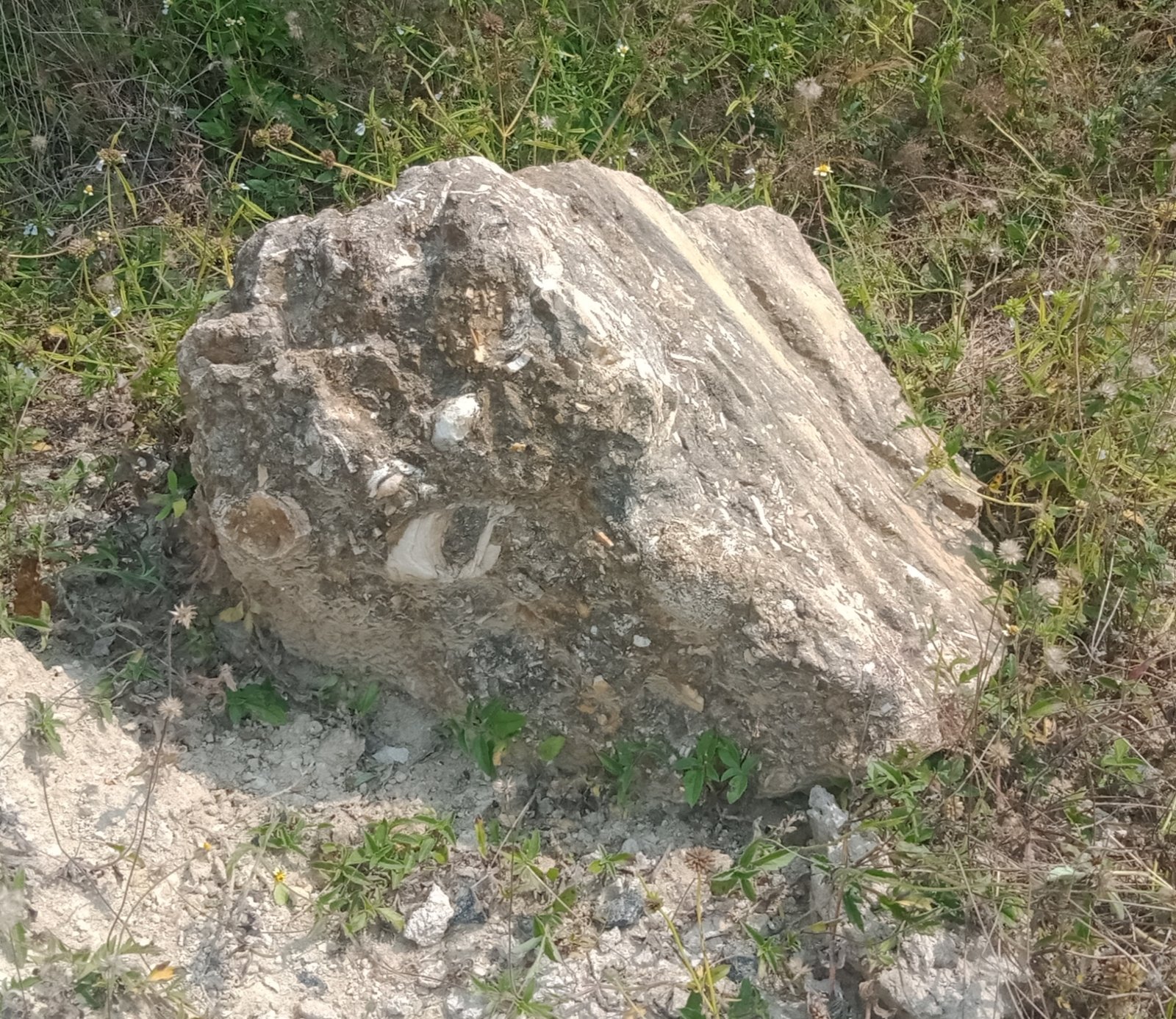
Limestone, a sedimentary rock primarily composed of calcium carbonate, is a significant part of Ireland’s geological makeup. Formed over millions of years, limestone is the result of accumulated marine sediments. These sediments, primarily shells and skeletons of marine organisms, were compacted and cemented together, creating a natural archive of ancient life. The Burren, a unique karst landscape in County Clare, is one of the most renowned limestone regions in Ireland. Here, the limestone pavements reveal a stark yet beautiful landscape, offering a glimpse into the planet’s distant past. The limestone’s formation is a testament to the dynamic forces of nature that have shaped Ireland’s geological history.
Glimpses of an Ancient Sea: Fossils Embedded in Stone
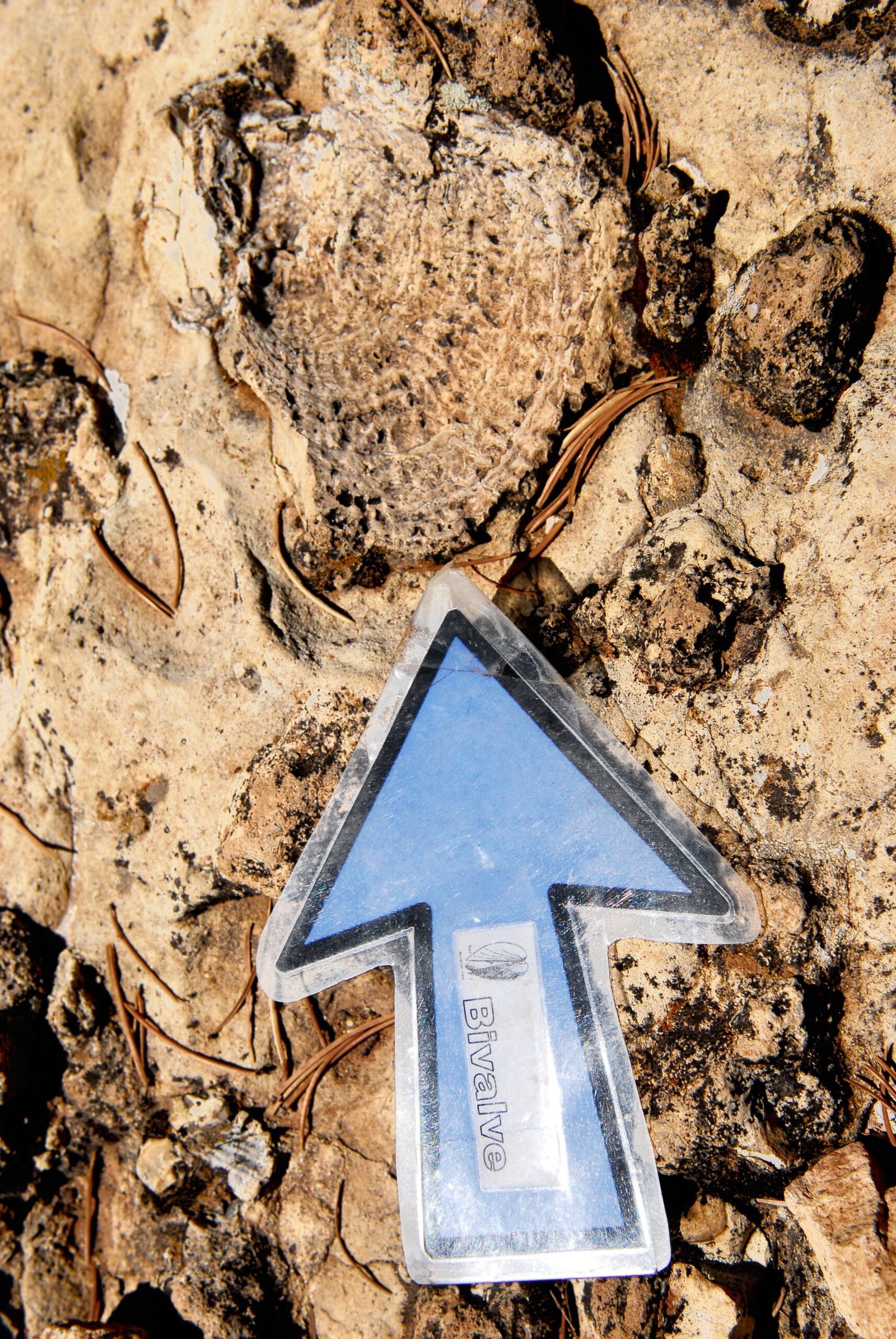
Embedded within the limestone are fossils, the preserved remains of ancient sea creatures that once inhabited these waters. These fossils, ranging from tiny shell fragments to large marine reptiles, provide invaluable insights into the biodiversity of prehistoric seas. One of the most common fossils found in Irish limestone is that of brachiopods, a group of marine animals with hard shells. These fossils, often resembling small clams, serve as a reminder of the vibrant marine ecosystems that once flourished here. The presence of corals, crinoids, and ammonites further enriches our understanding of the ancient marine world. Each fossil tells a story, offering clues about the environment and the creatures that lived in it.
The Burren: Ireland’s Fossil Treasure Trove
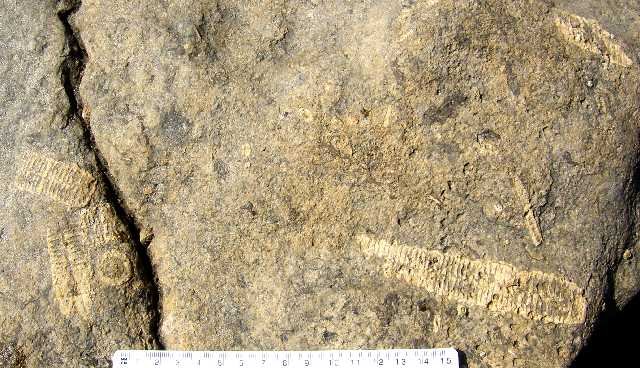
The Burren, a UNESCO Global Geopark, is a haven for fossil enthusiasts and geologists alike. Its unique karst landscape, characterized by exposed limestone pavements, is a natural laboratory for studying fossils. The region’s rich fossil record dates back to the Carboniferous period, around 330 million years ago, when Ireland was situated near the equator. This tropical setting supported a diverse array of marine life, whose remains are now preserved in the limestone. Visitors to the Burren can explore its rocky terrain, discovering fossils embedded in the stone and gaining a deeper appreciation for the Earth’s ancient history. The Burren serves as a reminder of the ever-changing nature of our planet.
Decoding the Past: What Fossils Tell Us
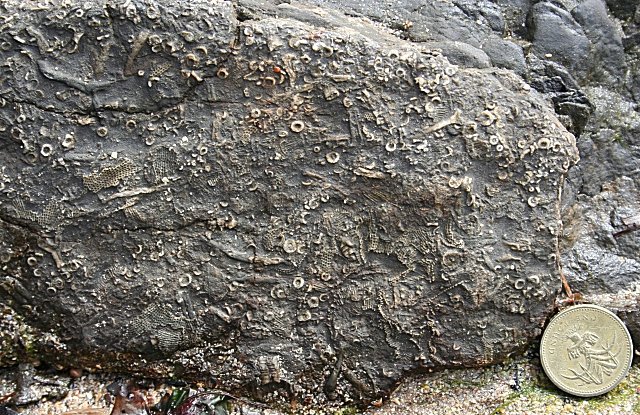
Fossils are more than just remnants of ancient life; they are vital tools for understanding Earth’s history. By studying fossils, scientists can reconstruct past environments, climate conditions, and evolutionary processes. The fossils found in Irish limestone provide evidence of a time when Ireland was covered by a warm, shallow sea. This information helps scientists piece together the puzzle of Earth’s geological past, shedding light on the planet’s dynamic changes over millions of years. Fossils also offer insights into the evolution of marine life, revealing how species have adapted and evolved over time. Through the study of fossils, we gain a deeper understanding of the interconnectedness of life on Earth.
Preservation Challenges: Nature’s Relentless Forces

Preserving fossils is no easy task, as they are constantly subjected to the forces of nature. Weathering, erosion, and human activity all pose threats to these ancient relics. In Ireland, the limestone formations are particularly vulnerable to erosion, as rainwater, slightly acidic due to dissolved carbon dioxide, gradually dissolves the rock. This process, known as chemical weathering, can obscure or destroy fossils over time. Human activities, such as quarrying and land development, also pose risks to fossil preservation. Balancing the need for economic development with the preservation of these geological treasures is a challenge that requires careful consideration and management.
The Role of Paleontologists: Unearthing Ancient Secrets
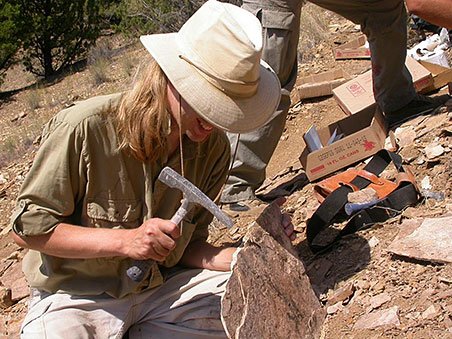
Paleontologists play a crucial role in unearthing and studying fossils, unraveling the mysteries of Earth’s ancient past. In Ireland, these dedicated scientists meticulously excavate and analyze fossils, piecing together the history of ancient marine ecosystems. Their work involves careful examination of rock layers, identification of fossilized remains, and interpretation of environmental conditions. Through their research, paleontologists contribute to our understanding of evolutionary processes and the history of life on Earth. The discoveries made by paleontologists in Ireland’s limestone formations have enriched our knowledge of the region’s geological history, providing valuable insights into the ancient world.
Fossil Hunting: A Journey of Discovery
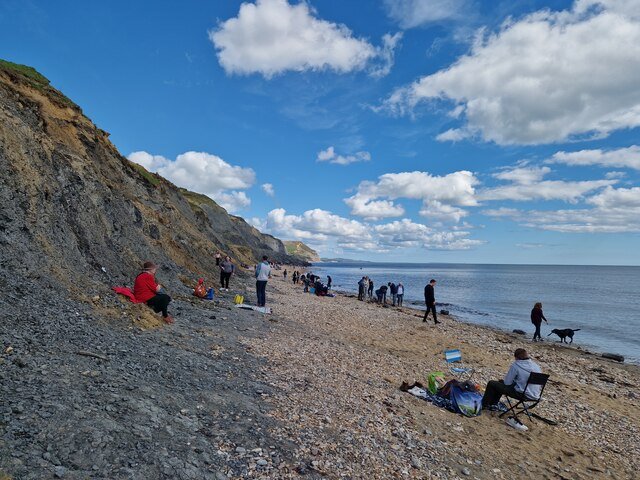
For those with a sense of adventure, fossil hunting in Ireland offers an opportunity to connect with the past. Exploring the limestone landscapes, armed with a keen eye and a sense of curiosity, can lead to exciting discoveries. While professional paleontologists conduct detailed studies, amateur fossil hunters can also contribute to the understanding of Ireland’s fossil record. However, it’s important to approach fossil hunting with respect for the environment and local regulations. Responsible fossil hunting ensures that these ancient treasures are preserved for future generations to enjoy and study. The thrill of discovering a fossil, holding a piece of history in your hands, is an experience like no other.
Educational Opportunities: Inspiring the Next Generation
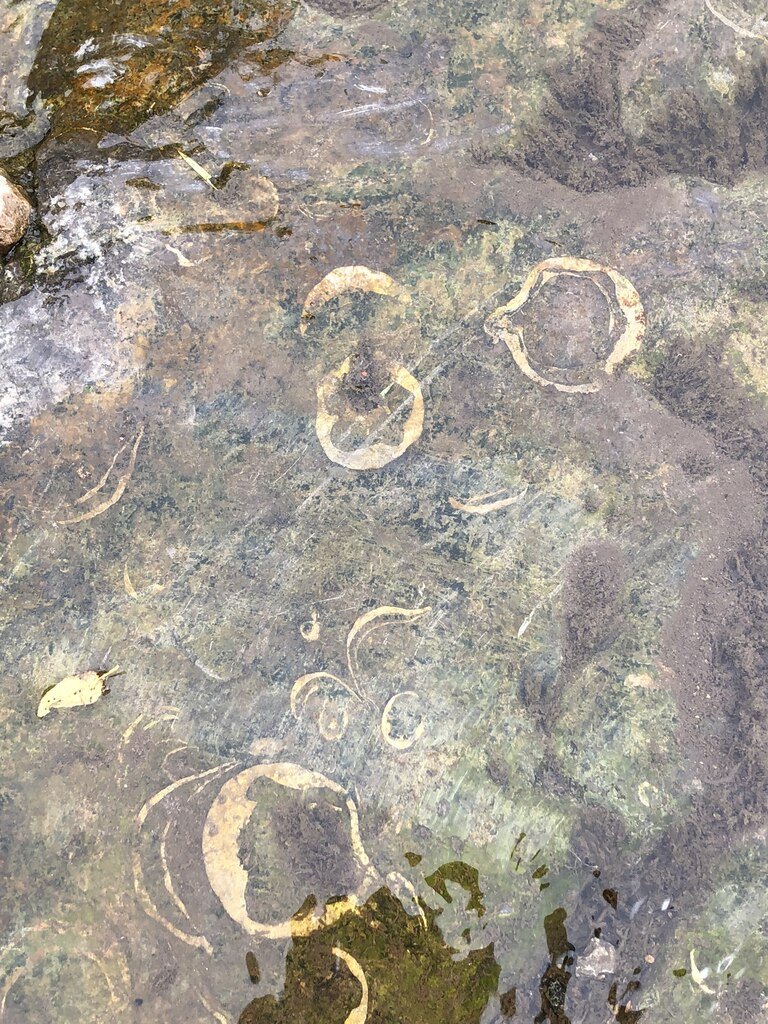
Ireland’s fossil beds offer valuable educational opportunities for schools and universities. Field trips to sites like the Burren provide students with hands-on experiences, allowing them to engage with geology and paleontology in a meaningful way. Educational programs and guided tours offer insights into the processes of fossilization, the history of ancient marine life, and the importance of preserving these natural treasures. By fostering an appreciation for Earth’s geological history, these educational initiatives inspire the next generation of scientists and nature enthusiasts. The study of fossils not only enriches our understanding of the past but also encourages a sense of wonder and curiosity about the natural world.
Preserving Ireland’s Geological Heritage: A Collective Responsibility
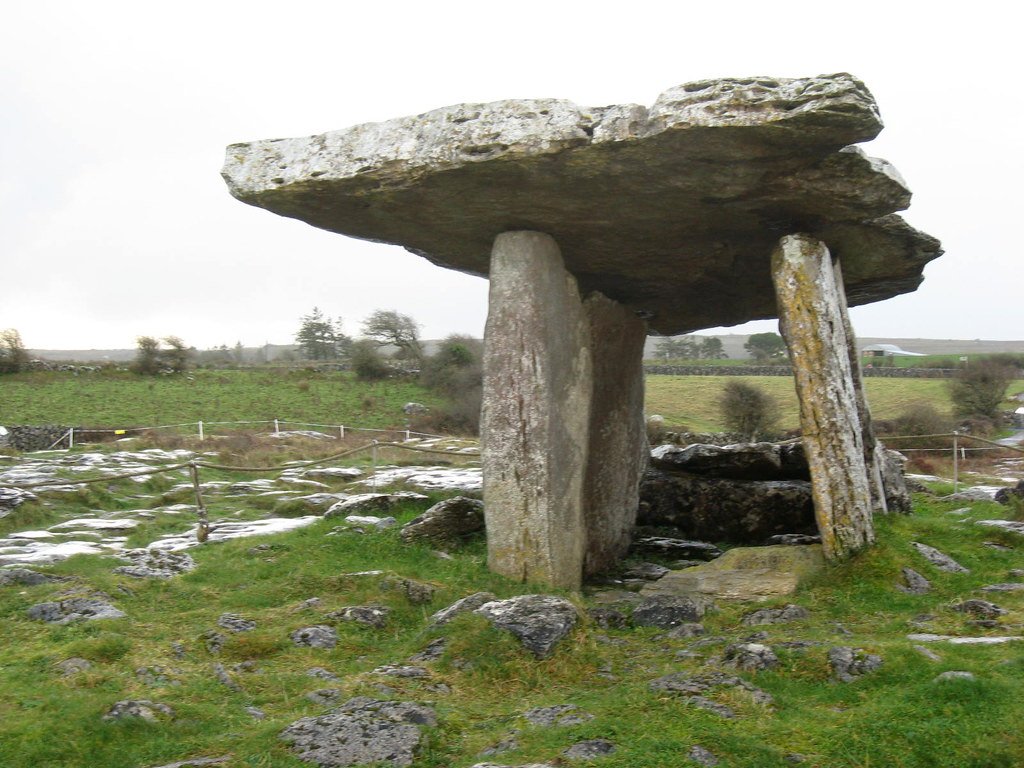
Preserving Ireland’s geological heritage is a collective responsibility that involves government agencies, scientists, educators, and the public. Protecting fossil sites from damage and ensuring their accessibility for future generations requires collaboration and commitment. Conservation efforts, such as the establishment of protected areas and the promotion of sustainable tourism, play a crucial role in safeguarding these natural treasures. Public awareness campaigns and educational initiatives also contribute to the preservation of Ireland’s fossil beds. By valuing and protecting these geological wonders, we honor the legacy of ancient life and ensure that its stories continue to be told for generations to come.



